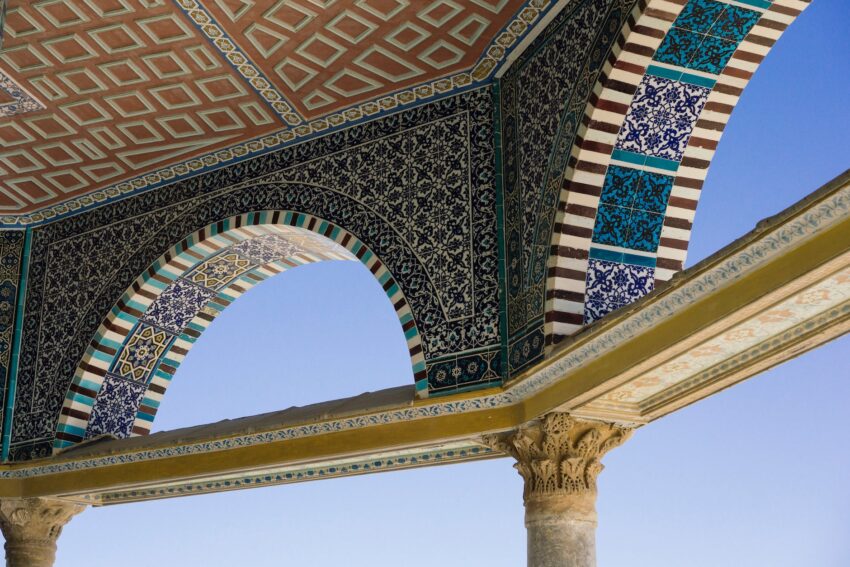Immerse yourself in the kaleidoscopic world of psychedelic art, a universe of counterculture and vibrant colors, providing unique visual representations of emotional and spiritual experiences. Psychedelic art, unmistakably trippy and brimming with surrealism, is an art style that echoes the profundity and exploration of human consciousness. This cultural movement, born from the 1960s counterculture, has evolved and expanded into modern popular culture, from intricate album covers to pulsating posters and far beyond.
Originating during the rise of the 1960’s counterculture, psychedelic art represents a generation’s journey towards self-discovery and spiritual enlightenment. The counterculture, characterized by a collective rejection of conventional societal norms, found its artistic voice in the trippy, vibrant colors and surrealism of psychedelic art. This new form of visual experience encapsulated the social, political, and cultural revolutions of the time by translating them into a visual language understandable by all.
One of the key elements that define psychedelic art is the influence and representation of distorted, expansionist visual experiences often associated with hallucinogenic substances. Interestingly, the artworks draw on different artistic influences, ranging from surrealism to abstract expressionism, collagism, and various tribal and eastern art forms. These can be seen in the works of visionary artists like Alex Grey and Olivia Curry, who portray spiritual symbolism and mystical themes often associated with altered states of consciousness.
Though psychedelic art started as an expression of the counterculture movement, the style has evolved to find new meaning and influence in modern popular culture. Its aesthetic, often vividly psychedelic, continues to resonate with audiences today. It can be found in the works of modern artists like Luke Brown, Android Jones, and Amanda Sage. Their works, often categorized as visionary art, employ striking vibrant colors, intricate patterns, and complex symmetries, pulling the viewer into a mesmerizing visual journey.
A significant part of psychedelic art’s influence can be seen in music, particularly in the realm of album covers. This can be traced back to the vibrant artistry of 60’s and 70’s rock, embodied by the legendary covers of the Grateful Dead, Jimi Hendrix, and Pink Floyd, among others. Today’s artists continue the tradition, with artists like Tame Impala and MGMT employing psychedelic visuals to match their music’s transcendental themes.
Psychedelic art also made its mark in graphic design, notably in posters. This influence permeated not just music concerts but also political movements and social campaigns, articulating the countercultural spirit through its vibrant colors and eye-catching surrealism. The iconic posters of Wes Wilson and Victor Moscoso come to mind, their work capturing the spirit of the time and influencing many generations of artists.
This vast realm of artistic expression has not been confined to canvas or paper, however. Psychedelic art forms a crucial part of visionary festivals, like Burning Man and Boom Festival. Here, visuals serve not only as decoration but as a crucial component of the holistic experience, providing an immersive pathway to personal and collective spiritual exploration.
Looking back, it’s clear the psychedelic art movement was more than a trend. Though it was rooted in a specific time and cultural context, its influence and spirit reverberate today as powerfully as ever. Psychedelic art continues to be a compelling visual journey, breaking the boundaries of perception and challenging our understanding of reality, tethering the realms of the physical and metaphysical. The vibrant, dreamlike world of psychedelic art serves as a creative outlet, a spiritual guide, and a reflection of humanity’s deepest mysteries and wonders.
In essence, the psychedelic art movement is a living testament to the transformative power of art – a visual representation of an exploration into the depths of the human mind and spirit – as daring and profound today as it was in the 1960s. From visionary artists translating their inner journeys onto canvas, to album covers and posters conveying the spirit of a generation, psychedelic art remains as a visual language that profoundly communicates the complexity and beauty of human experience.
All these elements contribute and shape the ongoing evolution of psychedelic art, reinforcing its role in society as a potent form of cultural, societal, and spiritual expression. A journey into the world of psychedelic art, therefore, is a journey into the heart of human consciousness itself, a trip well worth embarking on.
Sources:
1. Britannica
2. Tate
